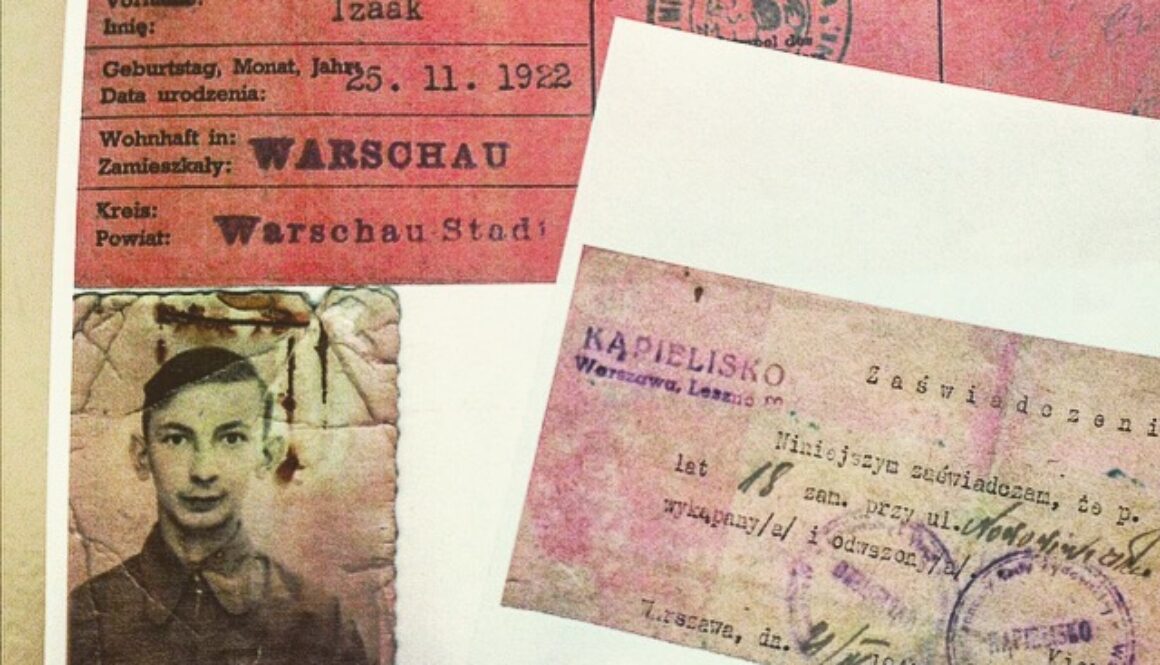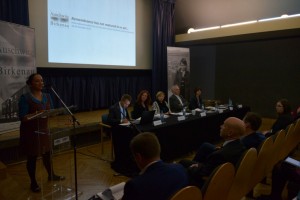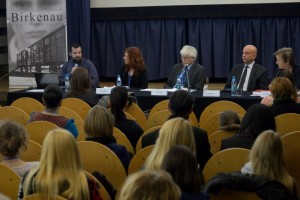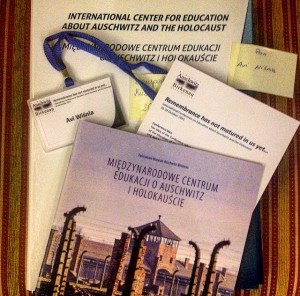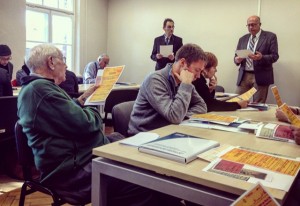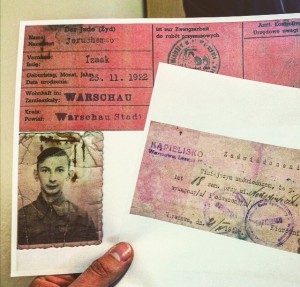Poland Part II Day 6
“Remembrance Has Not Matured In Us Yet…”
Historians, educators, archivists, advocates, survivors, curators, museum directors; representatives from the Holocaust Museum in DC, Yad Vashem in Jerusalem, Camp des Milles in France, the Anne Frank House in Amsterdam, and many more, all convened in one place, in Auschwitz, to discuss the legacy of the Holocaust.
How are messages of the Holocaust conveyed? How do you teach about the Holocaust? What do we do with oral and material evidence? Is the Holocaust simply a historical account, or does it have implications for today’s world challenges? How do we reach out to younger generations and continue to tell the stories when we no longer have witnesses alive to tell them?
Questions we can all ask ourselves.
The Holocaust is perhaps the most documented genocide in history. My grandfather and I got a sample of this in January, when Auschwitz archivist Szymon Kowalski showed us documents with my grandfather’s name and prisoner number, detailing some of his time at the camp. At this conference, Professor Jan Grabowski from the University of Ottawa showed us further proof of the Germans twisted fetish for documenting and cataloging their atrocities.
Because of the work of people like Kowalski and Grabowski, not only are we able to retain proof of what happened during the Holocaust, we are also able to attach faces and names to those incidents. The statistics become compilations of real individual stories; people with pasts, people denied a future.
[Read more about the conference, and read survivors’ testimony: HERE]
